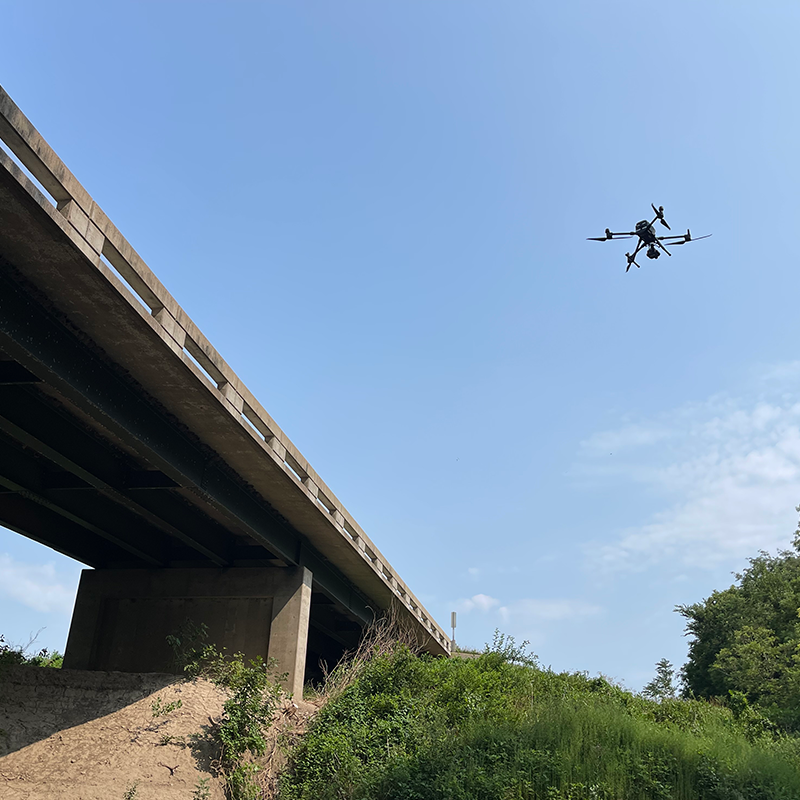News Story
CEE’s Dr. Gerry Galloway’s Article Featured in Western Water’s Editorial

“No nation has attained or maintained greatness without a strong water infra¬structure,” writes Gerald Galloway.
Below is the original editorial as it appears in this month’s Western Waters:
Editor's Desk
Water Infrastructure and President Obama
“No nation has attained or maintained greatness without a strong water infra¬structure,” writes Gerald Galloway. Former U.S. Army Corps of Engineer Gen. Galloway is best known for his report after the great Midwestern Flood of 1993 in which he recommended changing the way we manage floodplains. Now a profes¬sor of engineering at the University of Maryland, in a recent article in Southwest Hydrology magazine, he recommended that President Obama and members of Congress work on the nation's aging water infrastructure.
Of course, everyone is giving advice to the new President on how to spend money and we in the water world are no exception. Along with me, you also have probably read many articles and listened to news programs recommending that infrastructure be a big part of the stimulus package.
However, when Gerry Galloway talks, I listen. In a report he issued last year, he called flooding in California's Central Valley “the next big disaster waiting to happen.” He said California levees face significant risk of floods that could cost billions of dollars in damages. In his advice letter to President Obama, he is warning that if we ignore water infrastructure and leave it for a future date, we risk creating crises that equal recent challenges over fiscal stability and national security. He notes that the American Society of Civil Engineers (ASCE) produces a report card every few years on the status of the country's infrastructure that continues to report failing grades and increased cost for the necessary maintenance and upgrades.
Another voice calling for upgraded infrastructure is former Coast Guard com¬mander and author Steven Flynn. Writing in The Edge of Disaster: Rebuilding a Resilient Nation and America the Vulnerable, the former advisory to the Commission on National Security urges the public to wake up to the fact that old infrastructures are ripe targets for places prone to natural and terrorist-caused disasters. He notes that one of every tax dollar spent on preparation and maintenance saves $7 in reaction costs to catastrophes like Katrina.
Structures like roads and bridges have a life span of about 50 years. On my return from a personal trip to China a couple years ago, I saw California's infra¬structure - roads, railways and bridges - with new eyes. After seeing all the new bridges and roads in China, I was struck by the seemingly oldness of our systems. It seemed to me we were living in a time of 40 or more years ago.
Other ideas involving water infrastructure are being floated. Pat Mulroy, gener¬al manager of the Southern Nevada Water Authority, boldly has suggested building the largest water diversion project in American history. It would involve capturing floodwaters from the Mississippi River and using it to recharge the massive Ogallala Aquifer beneath the Plains states. Then, in turn, water could be transferred and exchanged - getting more water into the Colorado River for basin users.
Our water infrastructure should provide safe, clean water for agricultural, environmental, municipal and industrial uses. And since climate change is affect¬ing the frequency of floods and droughts, our infrastructure should plan for that future. History has shown that Gerry Galloway is right when he says, “little glory is given to those who take care of infrastructure business.” Let's hope as part of this financial crisis, the President and Congress fund useful projects and make the right decisions on water infrastructure. Those improvements can help our country in many ways.
- Rita Schmidt Sudman
http://www.watereducation.org/doc.asp?id=872
Published January 26, 2009









